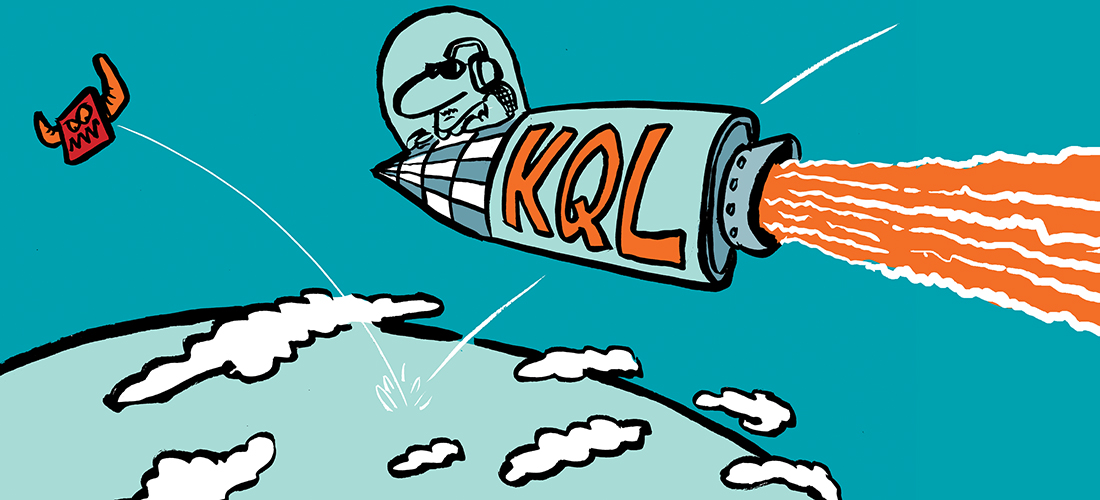This blog article is a transcript from the video of MVP & Chief Editor of Practical 365, Steve Goodman, at Microsoft Ignite the Tour London talking about the event, Exchange hints and his latest two-part series on Azure AD Connect Cloud Provisioning.
Steve: Hello from Ignite the Tour London!
I’m on my home turf here, but Ignite the Tour is one of these events which is going all over the world, so if you haven’t been to one already then go on to the Microsoft website, look for the ‘Ignite the Tour’ and you can register for these for free. They are two days events, where you get to learn a lot about all of the existing stuff, and people like myself, of course, people from Microsoft to MVP’s, Microsoft staffers are there presenting.
Now, these events don’t give you the big announcements but what they do give you is some of the background knowledge and little other things thrown in here and there. So, for example, ‘removing the last Exchange Server when you move to Office 365’, Greg Taylor put in a snippet of information and said, “guys you’re not going to find out the big news on this until later in the era at Ignite there’s not going to be any big announcements in January.” So, we learned something at least.
Outside of Ignite the Tour though, I want you to come and have a look at one of the latest article series that I published on this site. This is about Azure AD Connect Cloud Provisioning, I’ve written a two-piece article here and first of all, I wanted to go through how we can set it up because it’s different to Azure AD Connect, now Azure AD Connect will install a server on-premises, it will do a synchronization job against your Active Directory environments that pull all the information in, store it in a database, connect to Azure AD, and then it will suck in mostly everything from there and compare what needs to be changed. If it needs to go and update attributes in the cloud, that usually requires a server with 4 or maybe more gigabytes of ram to be able to do that.
And of course, that means that if you were in a smaller environment, then it’s a big added expense, but it’s also hard when you’re in a complex environment with lots of Active Directory Forest especially if they’re not connected together.
Azure AD Connect Cloud Provisioning turn things on its head a bit. Instead of installing a server on-prem, you install agents into each Active Directory Forest and then Azure AD connects to your environment and does the synchronization job and all of the logic lives in the cloud.
So, I thought we’ll set it up and we’ll see how it works against three different Active Directory forests. Now one of the things that Microsoft have said isn’t supported is Exchange Hybrid, which is kind of a point when you’re doing this kind of stuff.
You might want to move email to the cloud, so I thought I’d give it a go, and see how it worked, and it worked even though it’s not supported. But there were some key things missing. For example, we could do a mailbox move but there were some attributes that weren’t written back to on-premises. Now that’s expected, it is unsupported, but I wanted to go through that process so you can see whether it does or doesn’t work to give you an idea of how close this is doing something you could use.
Read more: How to Migrate Exchange Office 365: Step by Step – Part 1
When I spoke to Greg Taylor yesterday, who is the Exchange Product Marketing Manager, he wasn’t even aware of whether there were any plans to support Exchange Hybrid yet. So, it is early in preview, but you can go and play with it today because if you were considering buying something opted to connect all of your separate different Active Directory environments together, then this Azure AD Connect Cloud Provisioning is going to make things a little bit easier.
And because it’s more complex and it takes a lot of work to set up and get under the hood, then what I’ve done is I’ve downloaded some of the stuff put those on GitHub. So, you can have a look at what’s called the ‘schema’ which is the list of attributes and how they sync so you don’t have to go through what’s quite a complex process if you just want to get a quick taste of how it’s set up.
Another thing to note is that some of the logic inside this doesn’t quite work correctly. So, if you’ve got duplicate objects in different directories, which, let’s face it right, if you’ve got two companies that have joined together, then there’s probably going to be a good chance that somebody’s added a contact, or added a user for someone in the other organization. Now, one of the problems here is, if you’ve got two people and they’ve got the same email address, it will just sync in both two separate objects.
Again, this is going to be one of those tools that has got a lot more work behind the scenes to finish its development. It is in preview, but it will be really useful when it finally gets launched. So, check out Practical 365 have a look at that and of course, if you have not listened to our new podcast, then take a listen. Sigi and I are recording every single week to bring you the latest news on our views on what’s new in Microsoft 365.


